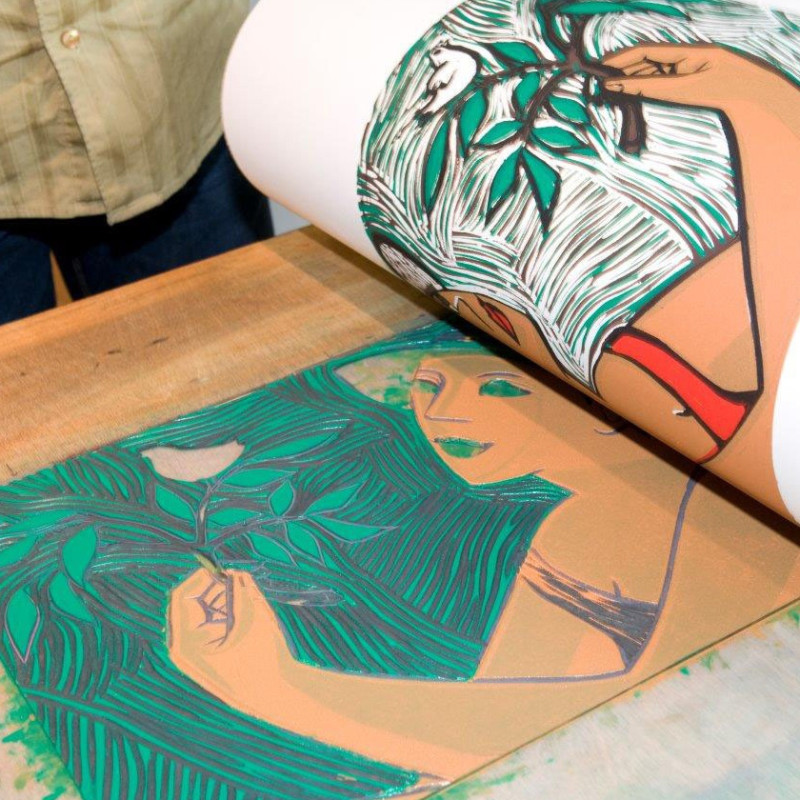what is an ‘original print’?
The artists of the Royal Society of Painter-Printmakers produce ‘original prints’, which may be a confusing term for many. This stems partly from the frequent misuse of the word ‘print’ which is sometimes used when it is referring to what is actually a reproduction.
A good question to ask is ‘Where is the original?’ If you’re looking at a Picasso poster on sale for £10 in an art gallery gift shop, you’re likely to be aware that this is a standard quality mass produced reproduction of an original painting of which only one exists.
Then there’s a more confusing area of ‘prints’ where high quality inkjet photographs of original paintings are made, sometimes only available in a limited edition and signed by the artist, but these are still reproductions, as the original exists elsewhere.
With original prints, the original artwork IS THE PRINT ITSELF.
The image may have been created in a variety of ways, by being etched into a plate, or drawn onto a lithographic stone, or engraved out of a block of wood for example. The finished work is only created by inking up and taking an impression from this plate, stone or block. The work does not exist in any other form.
There may be a small number of this same impression produced, always in a limited edition, which is denoted by the number often written on the front of the work showing what number in the edition that impression is, with the full number of the edition produced underneath this top number.
The RE was founded to represent printmaking as an art form in its own right, and continues to promote these values today.
